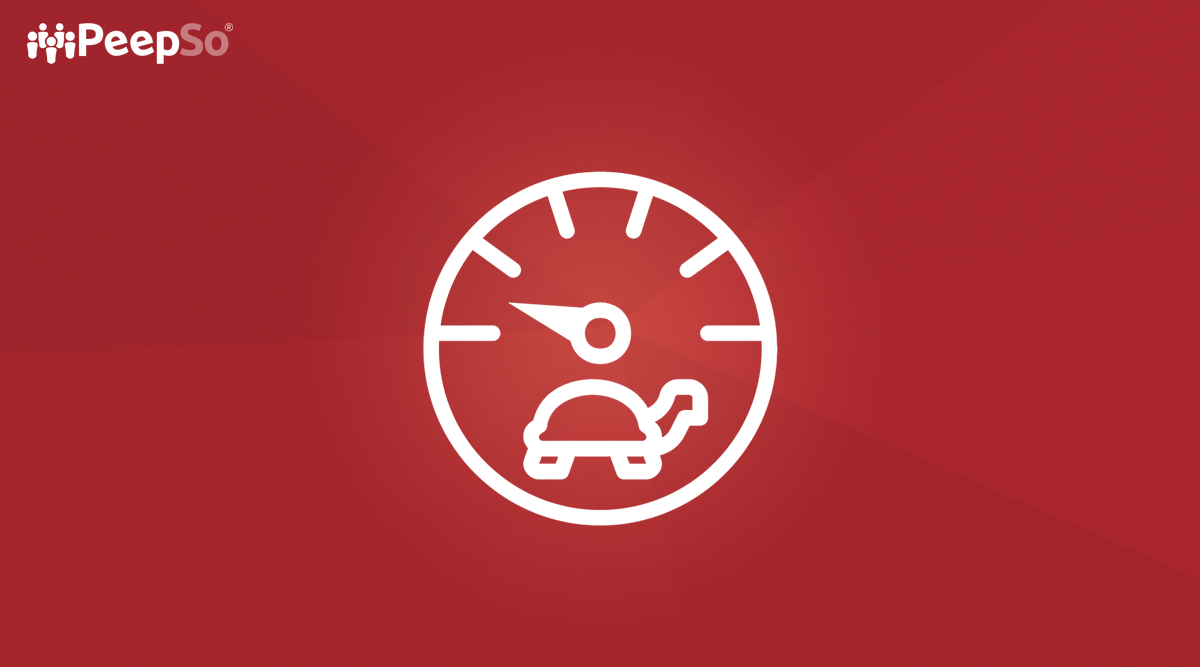The first thing to do is figure out what’s gone wrong. If your community is dwindling before your eyes, the hardest thing to do is patiently try and uncover the cause. Our natural instinct is to launch into “growth” mode, using hacks and tips from internet gurus or throwing money at the problem.
Instead, take a step back. Use analytics or careful observation and discussion with your colleagues, and try to assess where things went wrong.
- Do you have high quality members?
- When new communities launch, they usually take a ‘quantity over quality’ approach with new members. Perhaps you need to weed out the bad seeds, cultivate the good ones, then create a more engaged (and therefore attractive) community.
- Is your community manager up to the job?
- If your community doesn’t have a clear focus with a passionate manager always driving discussion, stagnation is normal.
- Do you truly welcome all new members?
- It’s amazing how quickly an open community can morph into an Old Boys Club. If new members feel shunned or dismissed, it’s no wonder they’re not hanging around.
And it could be a hundred other factors. Try to get under the skin of your own community and identify potential problems—then try and fix those! And the best way to do this is to…
Get feedback from your members
It’s astounding how many community owners and managers are afraid of asking members what they want or why they’re not engaging with the community. Their answers ARE the problems you’re facing.
One-on-one conversations where you guarantee anonymity tend to work best. You don’t want a bunch of yes-men or fence-sitters—you want to create a dialog where members can honestly tell you what is and isn’t working for them. We personally guarantee the answers WILL surprise you. There are always things you never even considered. If you’re worried about your community, make speaking to your members your first priority.
Implement solutions one-by-one
One of the biggest mistakes you can make is implementing 3-4 potential solutions at once. How will you know what’s working and what isn’t?
For example, you might think that you’re not engaging your members enough intellectually and that maybe you’ve been unclear on the direction and value of the community.
If you start initiating thought-provoking, complex discussions and introducing a razor-sharp focus on the core value of the community, you might get a big uptick in engagement or retention—but you won’t really know why. Try one thing, assess the results, then try something else.
Try these common fixes
It’s always best to identify a specific problem, but life’s not always so easy. If you’re feeling stuck and can’t put your finger on what’s hurting your community’s growth or new member retention, here are a few staple fixes you can attempt. These are all best practices for community growth and, even if things are going okay, they might help you accelerate growth even faster:
- Introduce gamification elements
- Evaluate how you create discussions
- Consider how you integrate new members
- Use data to see if you have an engagement problem
Finally ask yourself—is your slow growth actually a problem?
One situation to consider is that, in isolation, gaining fewer new members is not necessarily a bad thing. If those members are well qualified and engaged, this might be brilliant news. If engagement and discussion within the community are both high and you’ve got high levels of participation, then your community is probably doing better than most.
You want more members in our online community; we all do. But remember that your biggest priority is always your existing members and their activity. So if you can avoid viewing the problem in a vacuum, you might realize slow growth isn’t such a bad thing after all.
What’s your experience?


Reactions & comments
Due to increased security measures, you can now only log-in using your e-mail address.
If you do not remember your e-mail address, send us an email at support@peepso.com
Comments